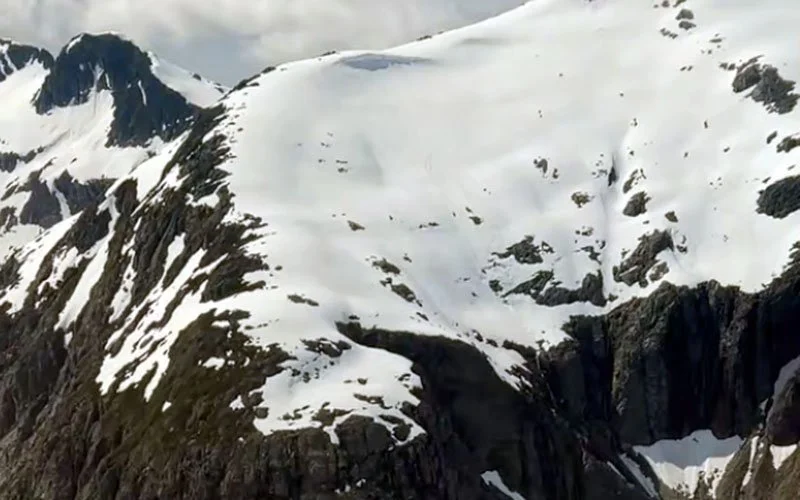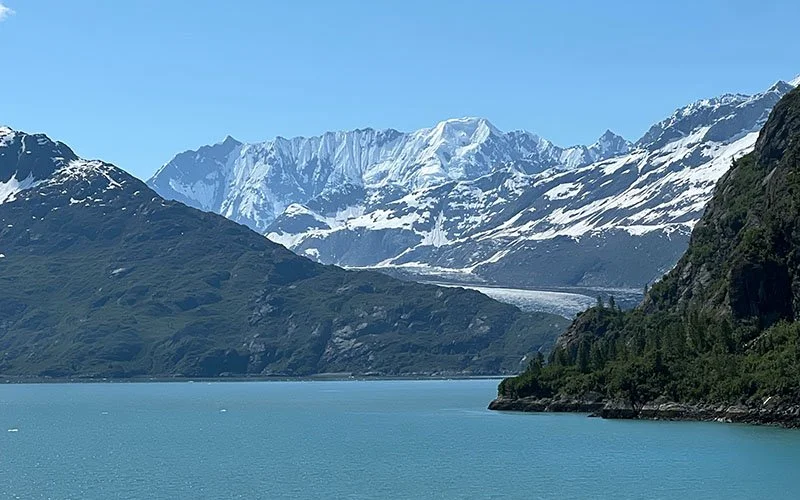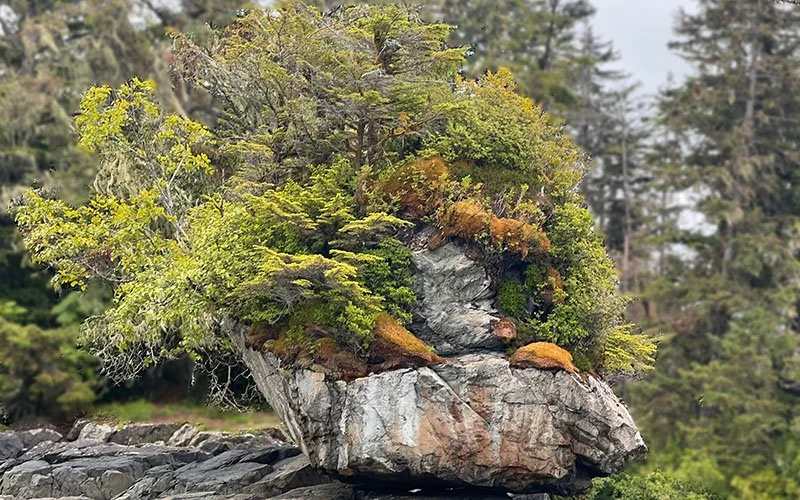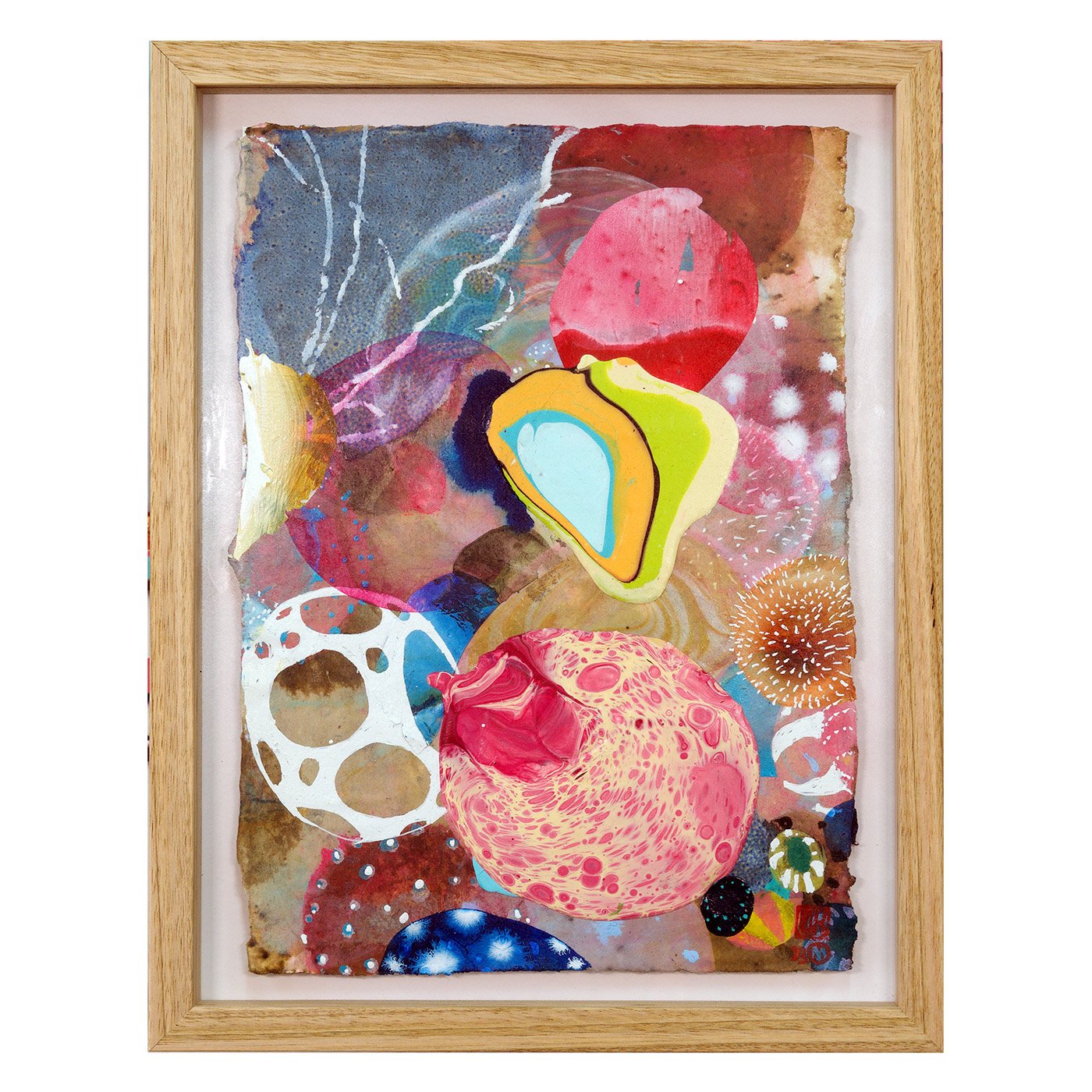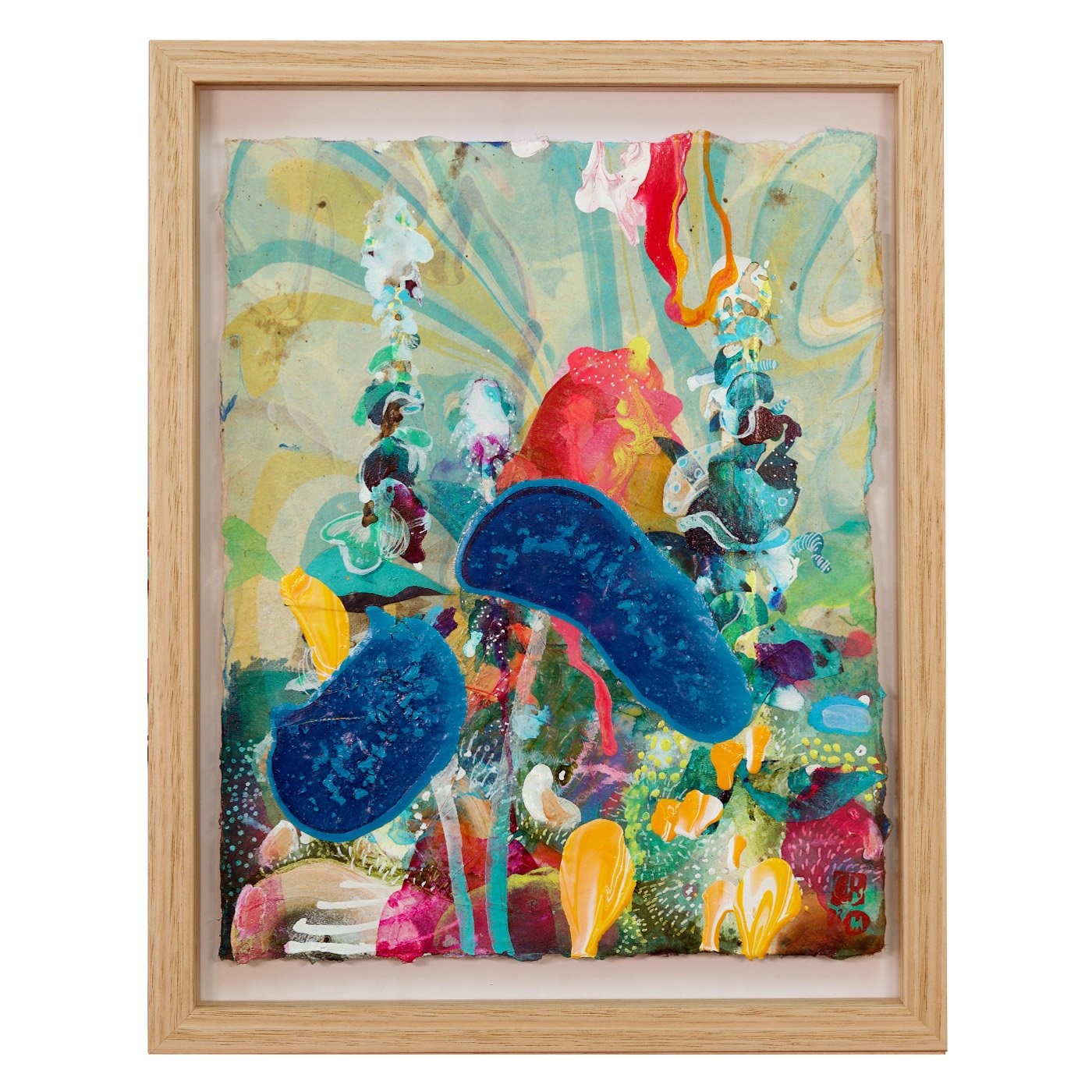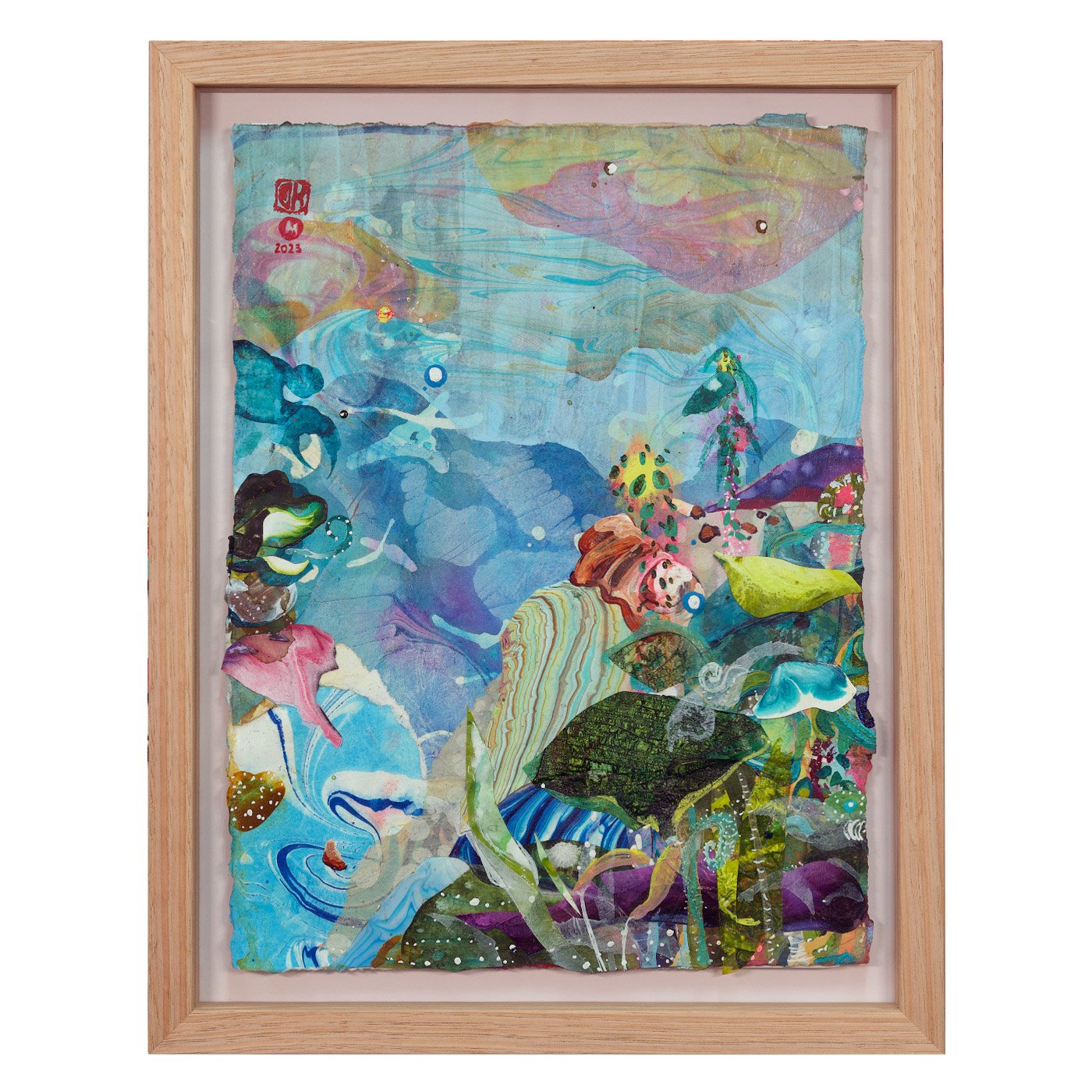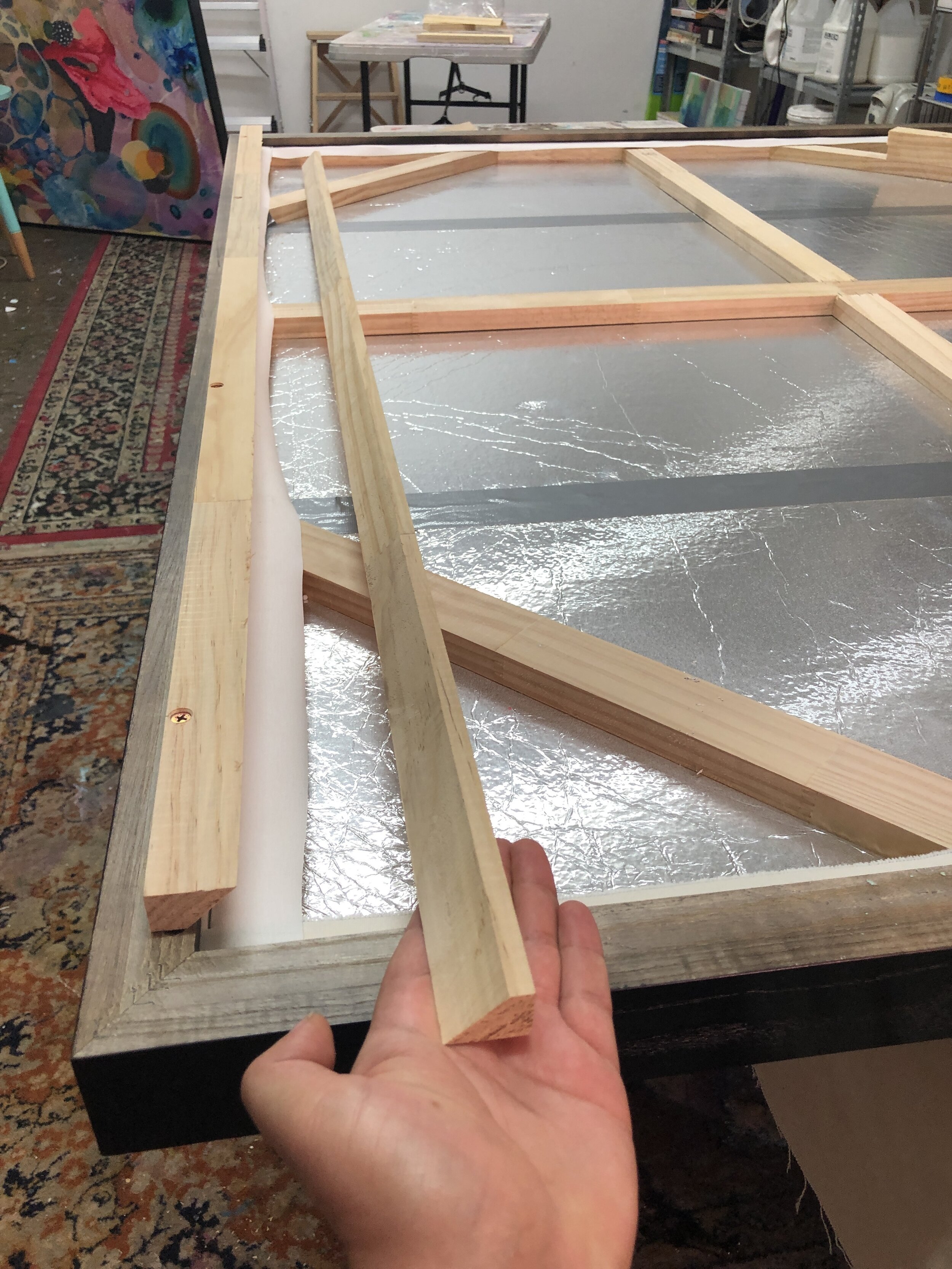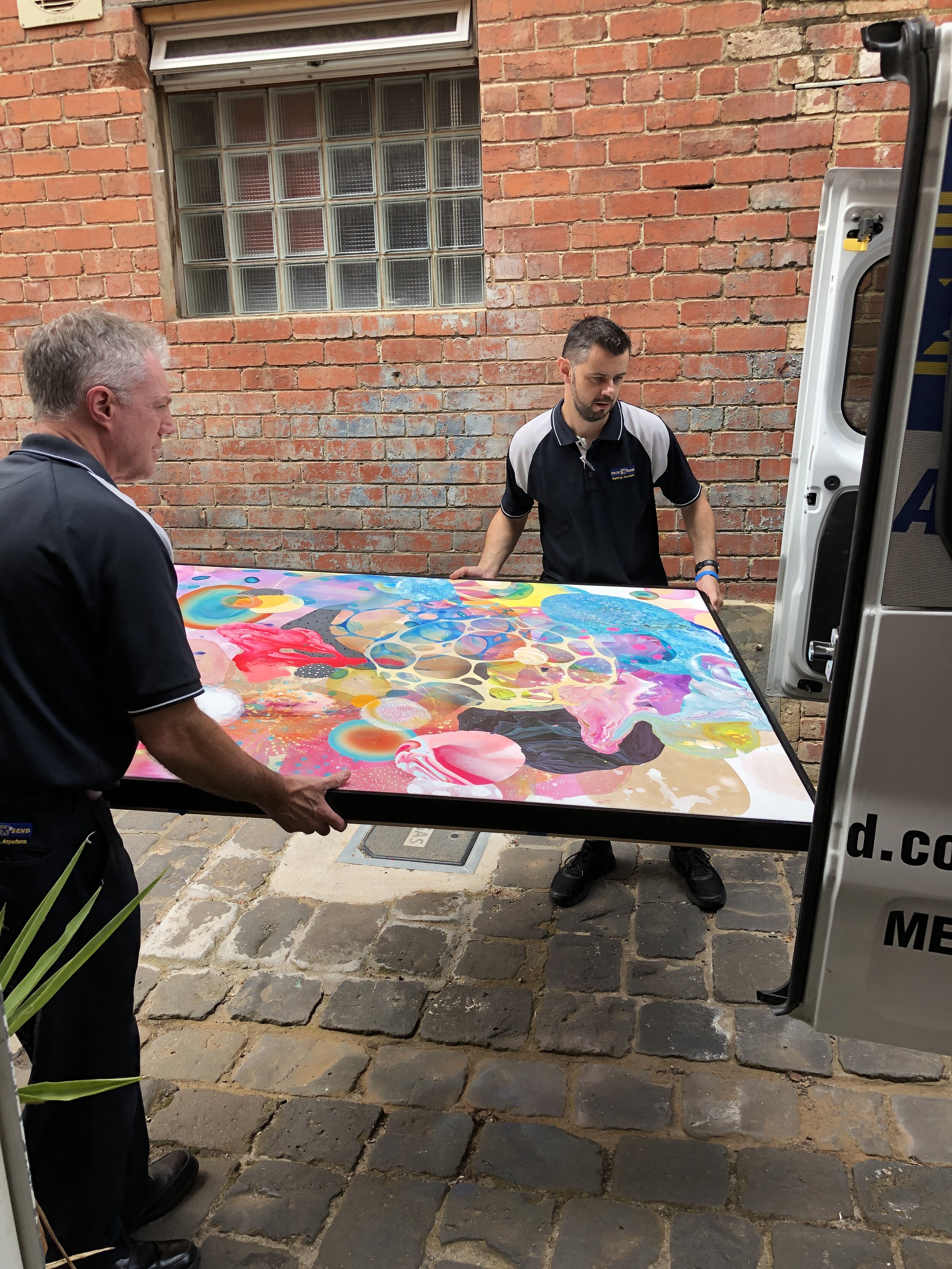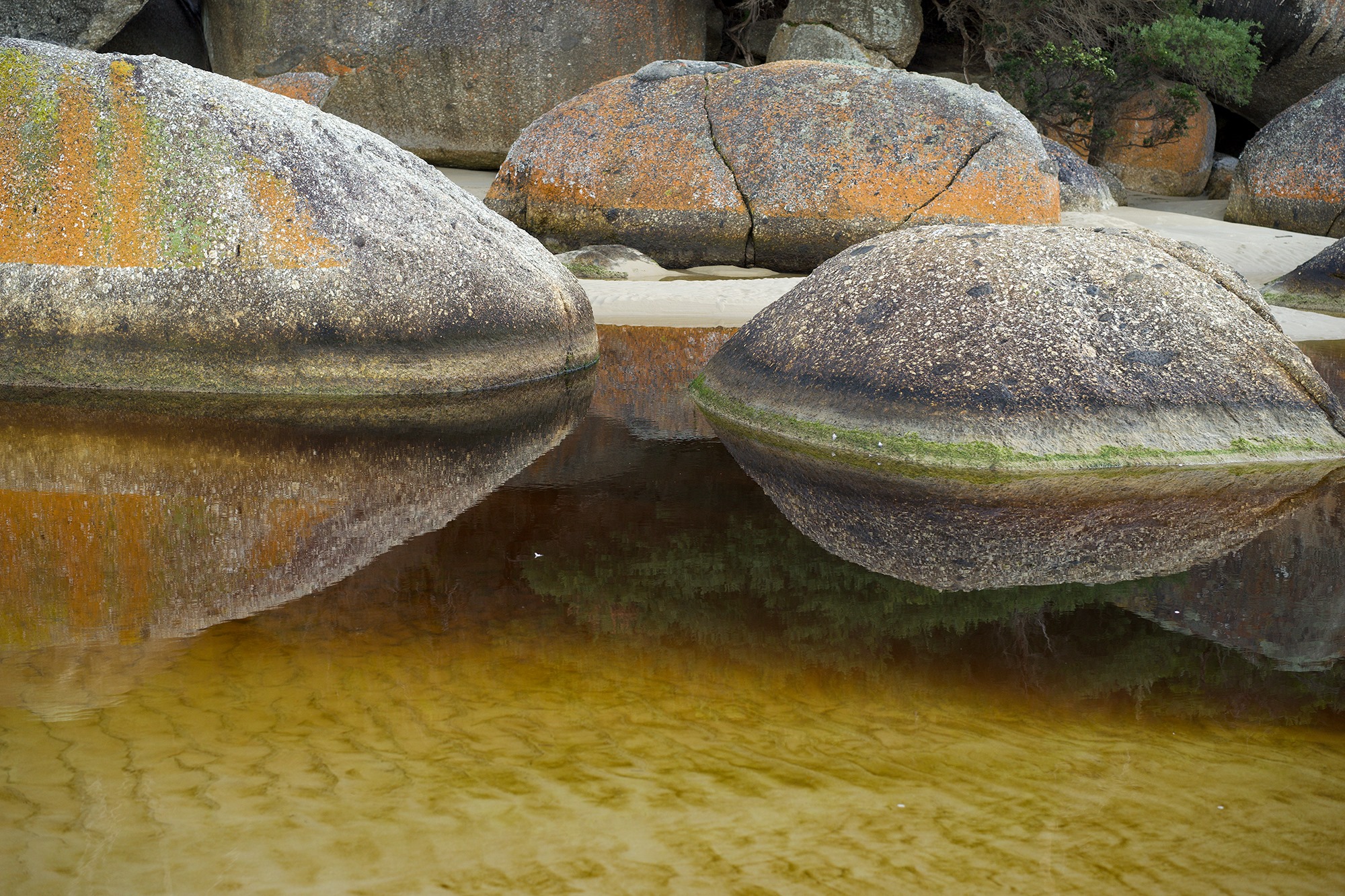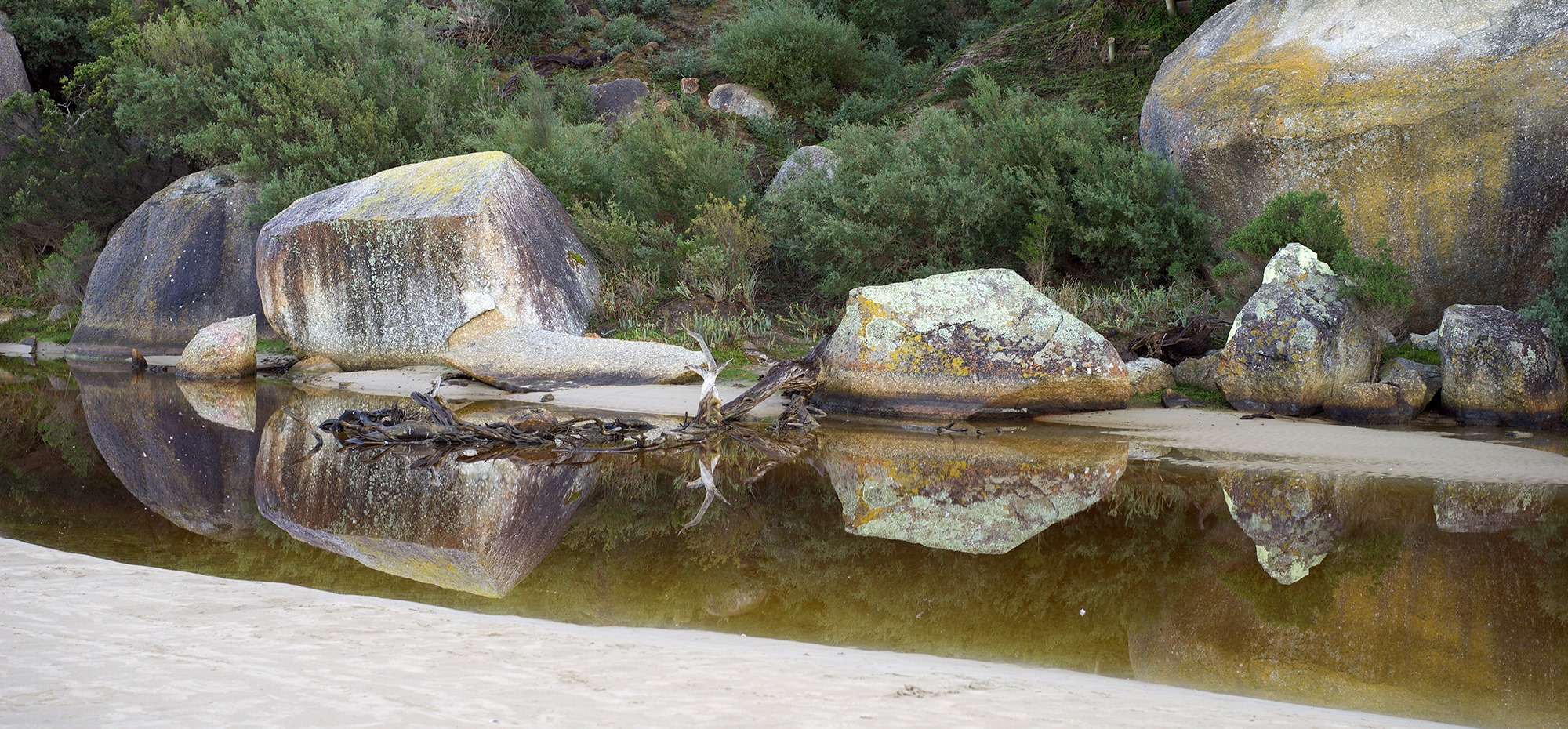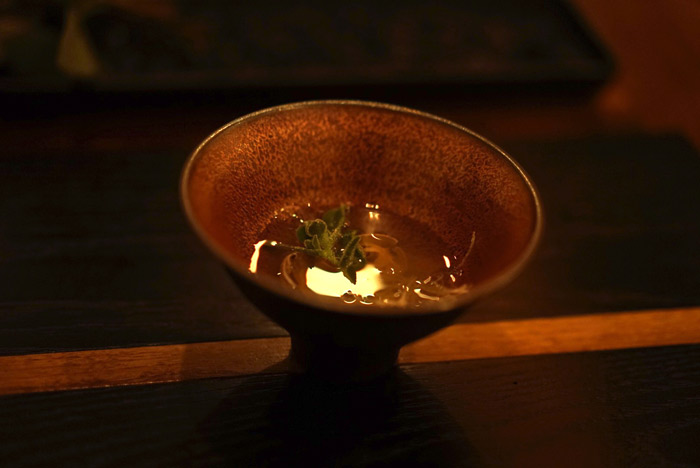It’s hard to believe it, but it was 20 years ago this month (May 2004) that I created the username ‘fresh_from_thestudio’ on eBay and sold my first painting. I wasn’t the first artist to do so, but there really weren’t many of us back then who had the idea that perhaps people might be willing to take a punt and artwork online. It was a time when buying and selling artwork over the internet was unconventional and kinda judged harshly by the established art wold. Nevertheless, those of us who rebelled found a market and a wide-ranging community set on the excitement of bidding on new works and supporting young emerging artists, and/or established artists where they could pick up a bargain. The auctions were addictive, and often bidders would come in at the last few seconds and reward you with hundreds, and sometimes thousands, for your artwork. This community of bidders and collectors hold a very dear place in my heart, as they afforded me the chance to practice and develop my style. They were excited and supportive, and I hope to think they felt part of the process.
Since then I’ve been so fortunate to have built an extraordinary and full career. I want to share with you some of what I’ve learned in the 20 years, but before I do, I must acknowledge the enormous support from my parents and sibs, step-parents, close friends, and especially my partners over those years. There are crazy ups-and-downs in this business that can make one hard to live with! LOL. Plus, partners tend to be roped into doing shows, packing paintings, deliveries, making easels, hanging paintings and lights, and putting their own talents to good use for no fee. I have had often unbalanced support from those closest to me in a collective desire to see this art thing succeed. I owe you all.
Also, many thanks to my collectors. Some of you keep showing up for more, and it thrills me you continue to feel that connected to what I’m doing. I can’t tell you how many times I wasn’t sure how to make rent, and then a regular pops up and makes a purchase. You know who you are. Thanks a bunch :)
And that brings me to my first lessons from 20 years in the biz:
1. It sounds trite but people really are mostly good. Most of those I’ve interacted with have been enthusiastic, supportive and understanding. Even when they’ve been with organisations and businesses.
2. Don’t work with people or businesses who are not good. You often hear the world of business is hard, or the art world is cut-throat. Nope. If you accept that, you set yourself up to be taken advantage of. The same rules of curtesy and respect apply as anywhere, IMHO. If someone is overly aggressive in negotiation, delays payment, lacks respect for your time or work, cut ties even if it’s at a financial loss. You will be better off in the long run.
An example of a GOOD organisation, is a print shop I’ve done a number of works for. They ask my permission whenever they have a request for printing at an alternative size (they in-house print themselves with supplied files). They send a running total every quarter, and make payments into my PayPal account while THEY pay the PayPal fee. And guess where they’re located? China.
An example of a not-so-good client: I had created some commissions for a wealthy Sultan, and weeks had gone by with no final payment. I realised I had made their works a priority, and my payment was not a priority for them. I decided to return their deposit, and resell the paintings to others in my community. They ended up re-commissioned more pieces and paid upfront, and in full.
3. Be good yourself. Be fair in your business relationships and with your collectors. It’s just the flip side to the above. This means taking returns (within reasonable time), keep your pricing uniform, and own and explain your mistakes etc.
4. Save for tougher times. Like all markets, art is cyclic. Hmmm, actually you probably need to invest in other things to set yourself up for tougher times. Saving might not be enough. Recently, I’ve heard the phrase “invest in your own demise”. They were talking about AI, and I guess there is a chance the robots will come to eat our lunch, in which case investing in AI could be a wise hedge (for any profession maybe?). Anyway, my point is to utilise funds from good times, as they won’t last forever, and it’s scary to say it, but your career is also not forever.
5. Accept that money matters. I’ve wasted some time worrying about money, but I’ve wasted a very stupid amount of time worrying about what others thought of me worrying about money LOL! There’s so much shame around making art and selling it. This notion that art should somehow sit outside of commerce is likely a construct to keep brokers in the profit and artists poor.
6. Be innovative in the studio. “Play” leads to discovery, discovery leads the way on this otherwise undefined path. You make your own path by trying new things, experimenting, making mistakes, and solving problems.
7. Once you can afford it, make the majority of your materials top quality. In my opinion, if you’re at a point where you are selling your work for 1k plus, you should not be using those Chinese made canvas stretchers. This is about respecting your collectors and respecting your artworks longevity. I totally understand, if you’re selling work for less it’s unviable to use quality canvases. My challenge to these artists is to try using quality materials, and see just how much your work improves. You may soon find it essential, and your works naturally ask a higher price.
In regards to paint and mediums, for me Golden is my go-to brand for paints (although I have a number of others that I experiment with). Golden as a company seems to be at the forefront of paint technology, and this aligns with my practice.
8. Don’t use coffee cups for your brush water. You will spill them, or worse you’ll brainlessly drink from them. Use large heavy jars.
9. When you are in the deep flows of work and you’re in a brainless state, try to make habit the labelling of the concoctions you make (I mean literally write on the jars). Also, write down/photo/diarise when you’ve made a discovery. You THINK you’ll remember these things, but you won’t.
10. Inspiration finds you working (I think Picasso said that once). It’s a myth you need to travel, or take a break, or honour your artist block with time-off. You need to consistently show up to your practise, especially if you don’t want to. I regularly need to remind myself of this, and sometimes I think it might be the number one issue for all creatives, especially now that we have so many enticing distractions, and a rise in ADHD. Things I find help me to go back to work include meditative music, adaptogens, playing with a new product, or breaking things down into 15-minute intervals or small tasks.
11. Be habitual, and set a (flexible) routine. As for a lot of artists, I’ve found this challenging. Organise your day, and organise your month. I was fortunate to have a family member teach me to set up my own Work in Progress reports, and this served to increase productivity and prevent overwhelm. Artist burnout is real so set a time to work, and then “go home”, but… remain flexible as when to set those times. There has to some benefits to working for yourself :).
12. Listen to your inner-critic and recognise when it’s working for or against you. You may need a psychologist to help with this, or mindfulness coaching. You are spending a lot of time on your own. I’ve seen it in other artists and in myself. Divorced critical observation of your work (or yourself) leads to growth, but too much negativity leads to an unravelling. Be kind to yourself.
13. Alternate listening to podcasts and music and notice how it influences your work and or your ability to focus and mood.
14. Swim in your own lane. There are some icky feelings that come with what really is a profession with mountains of opportunities to fail. If you can objectively observe what another artist is doing successfully, and you think it aligns with your practice, then copy them. If it doesn’t align with what you’re doing, then leave them be, and be happy they have found something that works for them.
15. Work on your writing. This is how we communicate in the digital age. Try to be clear, and try to know when to explain in depth and when to be concise in the business dealings. Also learn how to best talk to your audience on your website and your blog. Is art w@nk required? Or is your audience likely to feel alienated by overly artsy or seemingly intellectual art-speak? I guess this comes back to respecting and understanding who it is you’re communicating with.
16. Associate with all kinds of people. Artists that only associate with other artists are super boring.
17. Social media. Sigh, they own you. I had a shocking experience a few years ago when I lost access to my accounts due to a hack. I don’t mean the kind where you get access after you go through some ID checks, etc. I mean a complete thorough and forever disconnection of you as a person and a business to the community you’ve worked hard to build online. You don’t hear about this, because they’re not online to let you know, but there are hundreds of thousands of people out there who have lost access to their businesses and communities. If I didn’t know someone who knew someone that worked at Facebook, I wouldn’t have regained my livelihood.
Obviously this has to change to another model, and I think it will; one where we have open source and “ownership” of what we’ve built, whether that be our content, or our community lists. It is a necessary evil for now, but I will also say, my gut feeling is we’ve reached a saturation point, and these platforms are not working well for artists, especially if you’re starting out. There is a movement towards a fairer internet for creators. It’s coming, so keep an eye out for innovations in this area to get in early.
18. Surf the digital wave. I don’t mean make digital art (unless that’s your thing), but try and keep up with tech and the net. If you want to use galleries, make sure they have a fab web presence. Otherwise, use online galleries or work on your own networks, or a combination of all. Keep your feelers out for new innovations. I owe a lot to being early in two places: eBay and Instagram. I wasn’t the first, but I was early. As I wrote above, my gut tells me some big change is coming for artists. I don’t know what it is yet, but I’m playing around in different hoods until something points to a clear direction.
19. OMG Scams! If you are an artist with a web presence, you have the same target on your back as your 90-year-old grandma with a landline. As with all scams they get cleverer, and frequently it’s unclear how they’re trying to scam you. It’s a daily occurrence so you will get a feel for scams pretty quickly, but it’s very cruel to those first starting out. They prey on those desperate for opportunities. There are outright scams, and then there are just dud “opportunities” that may actually be real, but ultimately are a money grab, so basically scams too, really. The best way to tell the difference between a true collector, client or opportunity, is to gauge the level of generality of the message. Ask “How specific is this message related to me and my work?”
A scam will say something like:
“Hey Amanda, I love your style! It really strikes a chord with me. I’m a New York collector. Can you send me a list of all the artworks you have available and price list?”
A pseudo opportunity (might be real, but likely not good for you) might look like this:
“Hi Amanda,
My name is Amelia. I saw your artwork on Saatchi Online. I particularly like your work ‘Diaphanous’. I’m an executive of ArtworksONline magazine and I want to invite you to join a select group of artists to appear in this month’s online publication looking at Innovation in Art. We believe you are at the forefront of your field and therefore a great fit for the publication. There are limited spaces for a reduced amount of 500 euros.”
Note this email does have a specific artwork named, but bots can pick up one artwork from each Saatchi artist and send them a seemingly individualised email. Even if the mag is real, I’m betting is has limited subs. Obviously the request for payment is a giveaway, but it’s not uncommon to pay for publications. The biggest giveaway is their attempt to appeal to my ego.
What a real opportunity looks like:



